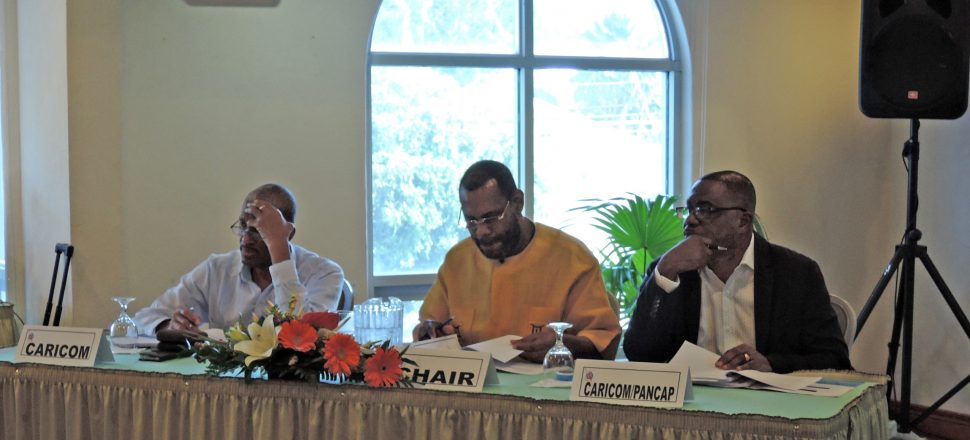A recent evaluation of the Caribbean Regional Strategic Framework on HIV and AIDS (CRSF) has found that only 40% of those living with HIV in the region, significantly less than the 90% target, have been able to reduce their viral load to an undetectable level.
According to a press release from the Pan Caribbean Partnership Against HIV and AIDS (PANCAP) while there has been progress the region’s prevention response has been inadequate particularly among key populations such as men who have sex with men (MSM) and sex workers (SW).
The annual number of new HIV infections among adults in the Caribbean declined by a mere 18% between 2010 and 2017, the release states explaining that in 2010 an average of 19,000 new infections were recorded across the region while in 2017 that average had dropped to 15,000.
“Key populations, men who have sex with men, sex workers and their clients, and partners of key populations, transgender persons, and persons who use drugs, accounted for the majority of the new HIV infections (68%) during this period,” the release noted while highlighting that new infections among children has seen a significant decrease of 52% from 2,300 in 2010 to 1,100 in 2017.
This decrease in mother-to-child transmission was recorded even as the number of HIV infected pregnant women receiving Antiretroviral Treatment (ART) declined from 92% in 2014 to 79% in 2015 and 75% in 2016 and 2017. The significant decrease in the access to ART requires investigation according to PANCAP.
The release stressed that the region is at risk of not achieving the UNAIDS 2020 target of 90-90-90 (90% of people living with HIV are aware of their infection, 90% of people diagnosed with HIV are linked to antiretroviral treatment (ART) and 90% of those on ART adhere and have undetectable levels of HIV in their blood).
At the end of 2017 the gap to achieving all three 90s was the need for an additional 103,000 people living with HIV to be on ART and be virally suppressed as currently 40% of infected persons have achieved viral suppression, an increase from 37% in 2016.
In accepting the evaluation report the executive board of PANCAP noted that “while tens of thousands of cases of HIV infections have been prevented there is a need to significantly reduce new infections, and this requires that countries promote age-appropriate sexual education and skills and extend sexual reproductive health services to all youth and key populations.”
Additionally, according to the evaluation as global financial resources to support the HIV epidemic have decreased, national resources to support services to achieve prevention continue to be low. This is despite a 124% increase over the period 2006 to 2017. Over this same period international resources have decreased by 16%.
Notably domestic resources seem to be concentrated on treatment rather than prevention with PANCAP noting that they contribute significantly to the cost of ART and the overall treatment programme.
The overall goal of the CRSF 2014-2018 was to halt the spread and reduce the impact of HIV in the Caribbean while promoting a sustainable response within Member States. The indicators developed to determine the overall achievement of the stated goal included the percentage of persons aged 15 – 49 years diagnosed with HIV in the last 12 months; percentage of children born to HIV-infected mothers who are infected; percentage of persons living with HIV (PLHIV) on treatment (ART) and virally suppressed; and Domestic and International AIDS spending by category and funding sources.
The evaluation which covered the period 2014 to 2018 was commissioned by the PANCAP Priority Areas Coordinating Committee (PACC), the technical group of the PANCAP Executive Board. The team has made a number of overall recommendations as well as specific recommendations to address the gaps and challenges identified under each Strategic Priority Area.





